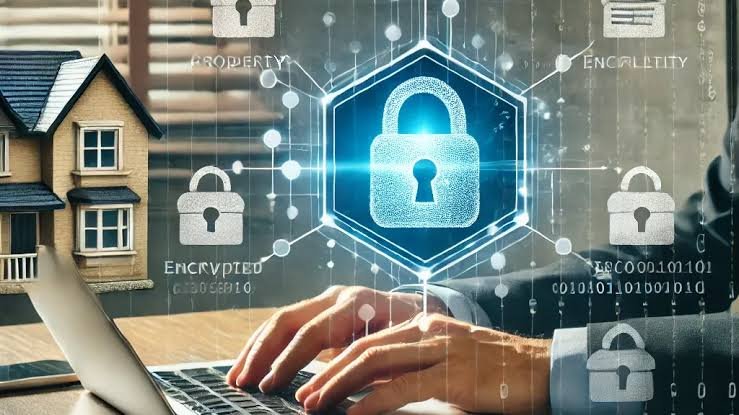In the digital-first environment-were businesses are rapidly embracing new technologies, digital expansion, and using technology to remain competitive- innovation has seen no shortage of improvement and risk has seen no shortage of appetite. Cybersecurity which has and always had a tech focus within organizations is now being discussed at a senior level. If not-senior leaders will make it a priority going forward.
Startups to Multinationals are at risk of cyber-attack. Citing a Check Point 2025 cybersecurity report, they saw a 38% increase in cyber-attack across the globe in the past year. It is simple, cyber-crime is a necessary focus for business; to be continued.
Let’s unpack this idea of cybersecurity as a silent growth threat to business and how organizations can respond before it’s too late.
1. The New Age of Attacks: Smarter, Faster, and Harder to Detect
Cyber criminals are no longer just targeting large corporations, now they target businesses of all sizes, often because smaller businesses do not have strong defenses.
The days of basic viruses and spam messages are long gone. Now, threats include:
Ransomware that paralyzes your entire system until a payment is made.
- Phishing scams that trick employees into giving up their passwords.
- Zero-day attacks that leverage an unknown vulnerability in your software.
If that wasn’t bad enough, we’re also witnessing a rise in AI-based attacks that use automation to identify and leverage weaknesses faster than it takes any human to intervene. To combat these evolving threats, many organizations now rely on a managed security service provider to provide 24/7 monitoring and rapid threat response
2. Remote Work = More Vulnerability
Since the COVID-19 pandemic, remote and hybrid work became normal. While that is great from a flexibility standpoint, this has created a larger pool of opportunity for hackers.
Home Wi-Fi networks, personal devices, and poor password hygiene can all contribute to breaches. In fact, more than 60% of all data breaches link to remote work environments without proper security.
Companies should require remote employees use:
- Secure connections (like VPNs)
- 2-factor authentication
- regular software updates
- encrypted communication tools
Without these, strong in-office security won’t matter.
3. Data Is Gold—and Hackers Want It
You have more data than you think. Customer emails, payment details, internal documents, marketing data. Hackers know its value.
The average cost of a data breach was over $4.5 million in 2025 according to IBM. Companies also experience reputational damage, lawsuits, and lost customer trust.
With ever increasing data privacy laws; GDPR, CCPA, and India’s DPDP Act; if you expose a user’s data, you may face serious illegal consequences too.
4. Cybersecurity Is Everyone’s Job—Not Just IT’s
Still, many companies have the same belief that the IT department is responsible for cybersecurity. (It’s a risky, outdated mindset.)
Human error accounts for nearly 90% of data breaches. It may be as easy as:
Clicking a bogus email
- Using the same password for different accounts
- Sharing sensitive information on unsecured channels
This is what makes employee training one of the most important investments in cybersecurity. Everyone in the organization, from entry level positions to the CEO, must understand the fundamentals of digital safety, security, and hygiene.
5. No Plan = No Recovery
Let’s be honest: No system is totally secure. Even the largest tech companies have fallen victim to breaches. What makes strong companies capable of handling a breach is their response.
Having a well-documented Incident Response Plan (IRP) ensures that when an event does occur, your team knows:
- What to do
- Who to notify
- How to contain the loss
- How to recover data and operations
Regularly testing the plan can save you weeks of down time, millions of rupees, and the reputation of your company.
6. Good Cybersecurity Is a Business Advantage
Consider cybersecurity an investment, not an expense, as a company with solid digital protection earns trust from customers, confidence from partners, and approvals from regulators.
Here are some intelligent practices that businesses should take on for 2025:
- Continuous penetration testing
- Good endpoint protection
- Utilization of Zero Trust Architecture
- Cyber insurance in case of worst-case scenarios
Customers today are well informed about technology and want brands that demonstrate serious attention to security. Don’t let your competition win just because they took security more seriously.
Final Thoughts: The Time to Act Is Now
Cybersecurity is not a problem of the future—it’s a problem right now. Organizations depend on more digital platforms, cloud storage, and remote work and the attack surface will continue to increase as these systems are interconnected. Hackers don’t wait for you to be ready — they attack when you are not ready.
The good news is you do not have to be a technical wizard to develop a secure foundation. The right tools, training proper awareness in your team, and understanding the culture of cybersecurity can help mitigate your risks.

